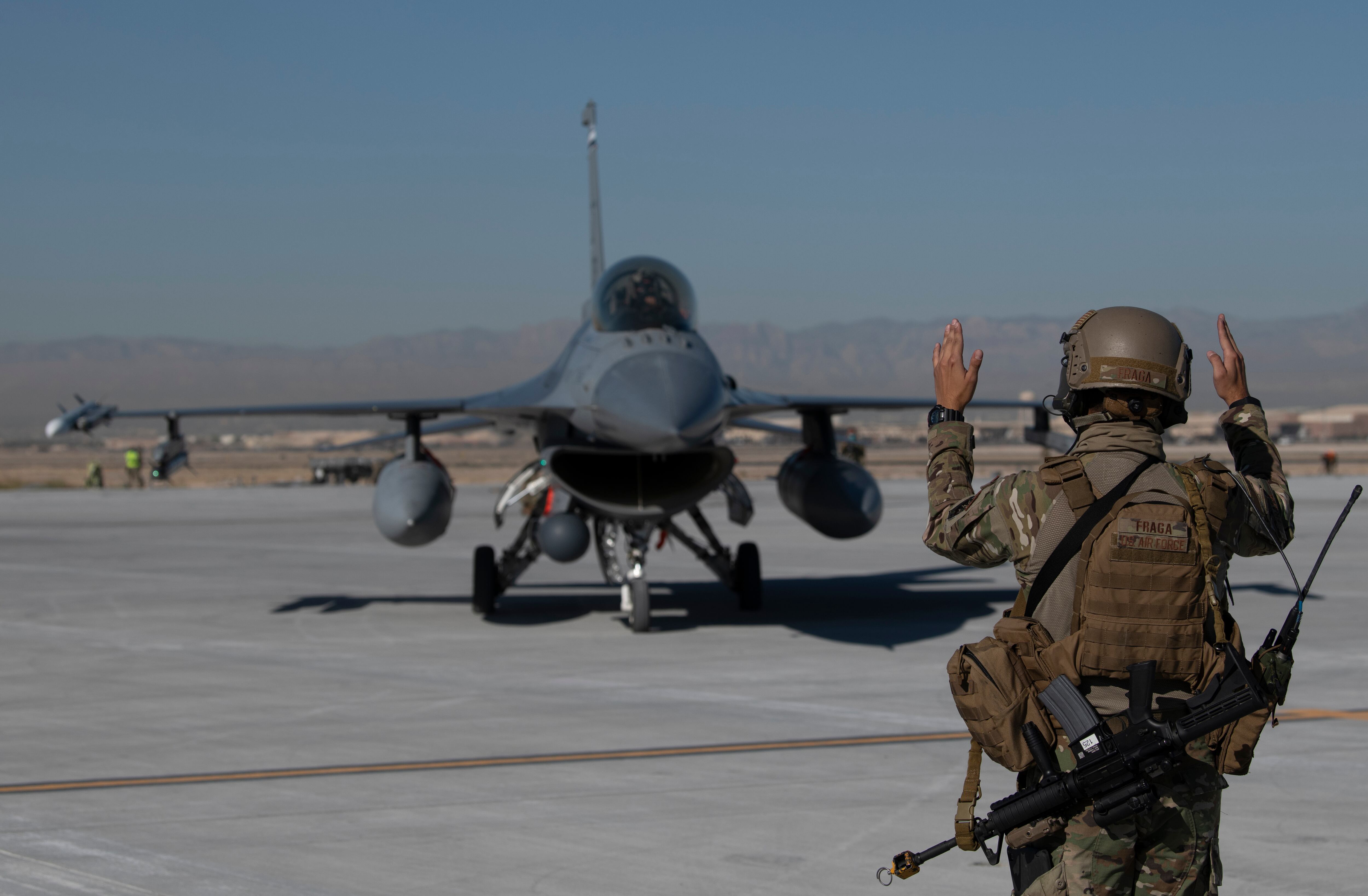NATIONAL HARBOR, Md. — Successful military operations must move beyond data collection to focus on rapid and thorough analysis of information streams, according to the U.S. Space Force director of intelligence, surveillance and reconnaissance.
“Today, the core value proposition is no longer collection. We have plenty of collection, whether it’s airborne, space-based, or cyber-based,” Brig. Gen. Gregory Gagnon said Sept. 20 at the Air Force Association’s Air, Space and Cyber Conference. “What we need is sense making, or fusion, or analysis. That is the core value proposition moving forward for an intelligence service.”
Improved distillation of information will better inform U.S. policies abroad as well as make the military more effective, according to Gagnon, who previously served as the director of intelligence at U.S. Space Command.
The Department of Defense has cited artificial intelligence and machine learning as means to rapidly make sense of reams of data, on and off the battlefield. The Pentagon is juggling more than 685 AI projects — some associated with major weapons systems — as of February, according to the Government Accountability Office, a congressional watchdog.
Manpower “still matters,” said Gagnon, who described himself as a “believer in AI and ML” while also being a “realist.”
“Our value proposition moving forward as a workforce is how do we use those new tools to help” tackle challenges, he said. “We always talk about going fast. What matters is that you’re outpacing, outthinking, out-deciding your adversary.”
RELATED

The U.S. regards China and Russia as the two most significant national security threats. The former poses longer-term hazards, according to a public summary of the National Defense Strategy; the latter, more immediate.
Collection, review and dissemination of imagery and other information ahead of and during Russia’s latest invasion of Ukraine helped galvanize Western efforts, according to Gagnon. Publicly accessible sources played a major role.
“In the past, the United States intel community and our national leadership have told our allies what we thought was going to happen, and our allies didn’t always believe us. And they had reason to doubt us, based on past performance,” he said. “But based on this year, we told them there was proof that we could drop on the table. And what we dropped on the table were wonderful images — not wonderful images, horrible images — of” Russians troops massing on the border.
“The story became way more powerful,” he added, “when you had the proof of commercial assets that are at unclassified levels.”
Colin Demarest was a reporter at C4ISRNET, where he covered military networks, cyber and IT. Colin had previously covered the Department of Energy and its National Nuclear Security Administration — namely Cold War cleanup and nuclear weapons development — for a daily newspaper in South Carolina. Colin is also an award-winning photographer.






